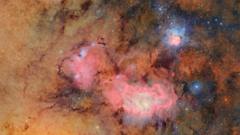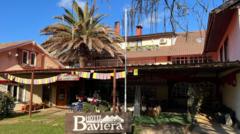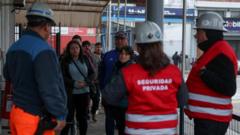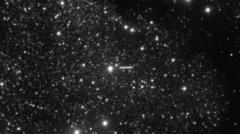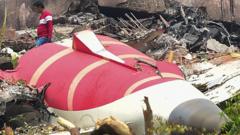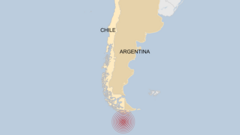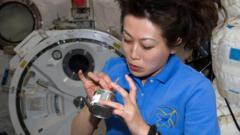The Vera C. Rubin Observatory, perched high in the Chilean Andes, has just unveiled its first images, showcasing the spectacular Trifid and Lagoon nebulae. This landmark achievement signifies an exciting new chapter in astronomy. With its powerful 3,200-megapixel camera, the observatory can capture the depths of space like never before.
Nestled on Cerro Pachón mountain, the telescope's images uncover a star-forming region 9,000 light years from Earth, made up of swirling gas and dust. Notably, scientists believe that Vera Rubin has the capability to discover new celestial objects in our solar system, perhaps even a ninth planet.
The telescope is revolutionary, designed to map our galaxy, track potentially dangerous asteroids, and help solve the enigmatic riddle of dark matter. For 10 years, it will consistently survey the night sky, capturing snapshots every 40 seconds during its operation, generating a staggering amount of data.
One of the telescope's main projects is to monitor transient cosmic events, allowing scientists to see changes and alerts in real time. The observatory aims to reveal pioneering insights into the universe’s formation, as well as the faint galaxies that have remained beyond our grasp.
Professional astronomers worldwide are gearing up to analyze this deluge of cosmic data, with exciting potential discoveries on the horizon. The Vera Rubin Observatory is more than a telescope; it's a revolution in humanity's understanding of the cosmos, pushing the limits further than ever before.
Nestled on Cerro Pachón mountain, the telescope's images uncover a star-forming region 9,000 light years from Earth, made up of swirling gas and dust. Notably, scientists believe that Vera Rubin has the capability to discover new celestial objects in our solar system, perhaps even a ninth planet.
The telescope is revolutionary, designed to map our galaxy, track potentially dangerous asteroids, and help solve the enigmatic riddle of dark matter. For 10 years, it will consistently survey the night sky, capturing snapshots every 40 seconds during its operation, generating a staggering amount of data.
One of the telescope's main projects is to monitor transient cosmic events, allowing scientists to see changes and alerts in real time. The observatory aims to reveal pioneering insights into the universe’s formation, as well as the faint galaxies that have remained beyond our grasp.
Professional astronomers worldwide are gearing up to analyze this deluge of cosmic data, with exciting potential discoveries on the horizon. The Vera Rubin Observatory is more than a telescope; it's a revolution in humanity's understanding of the cosmos, pushing the limits further than ever before.

